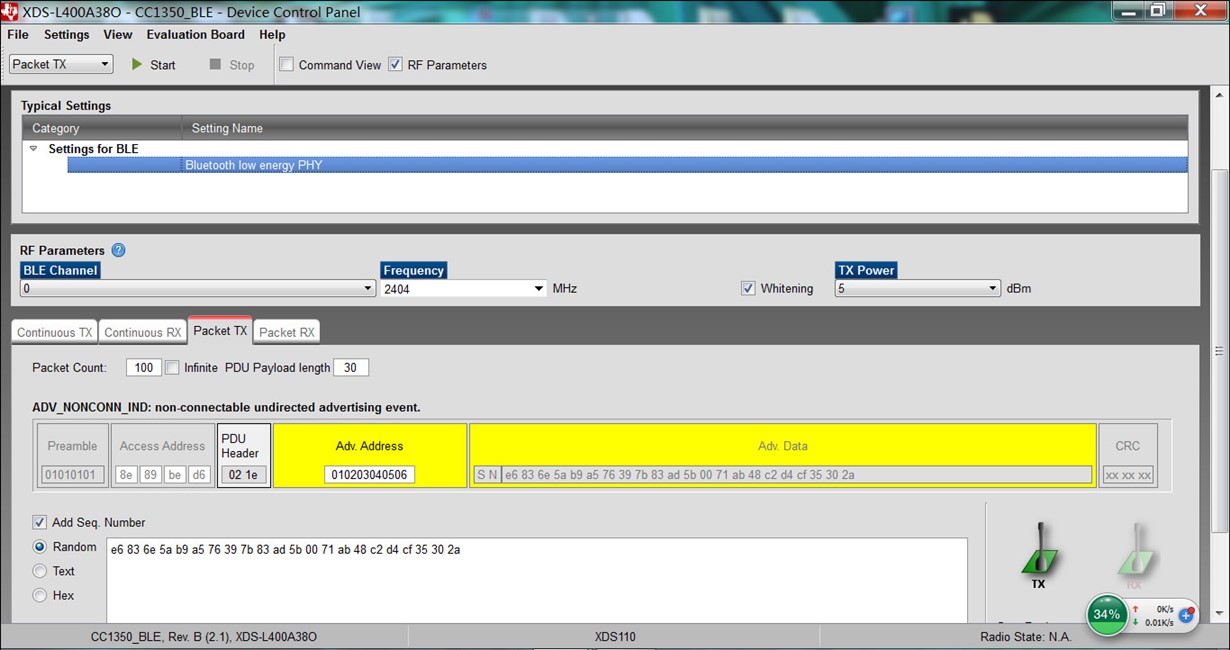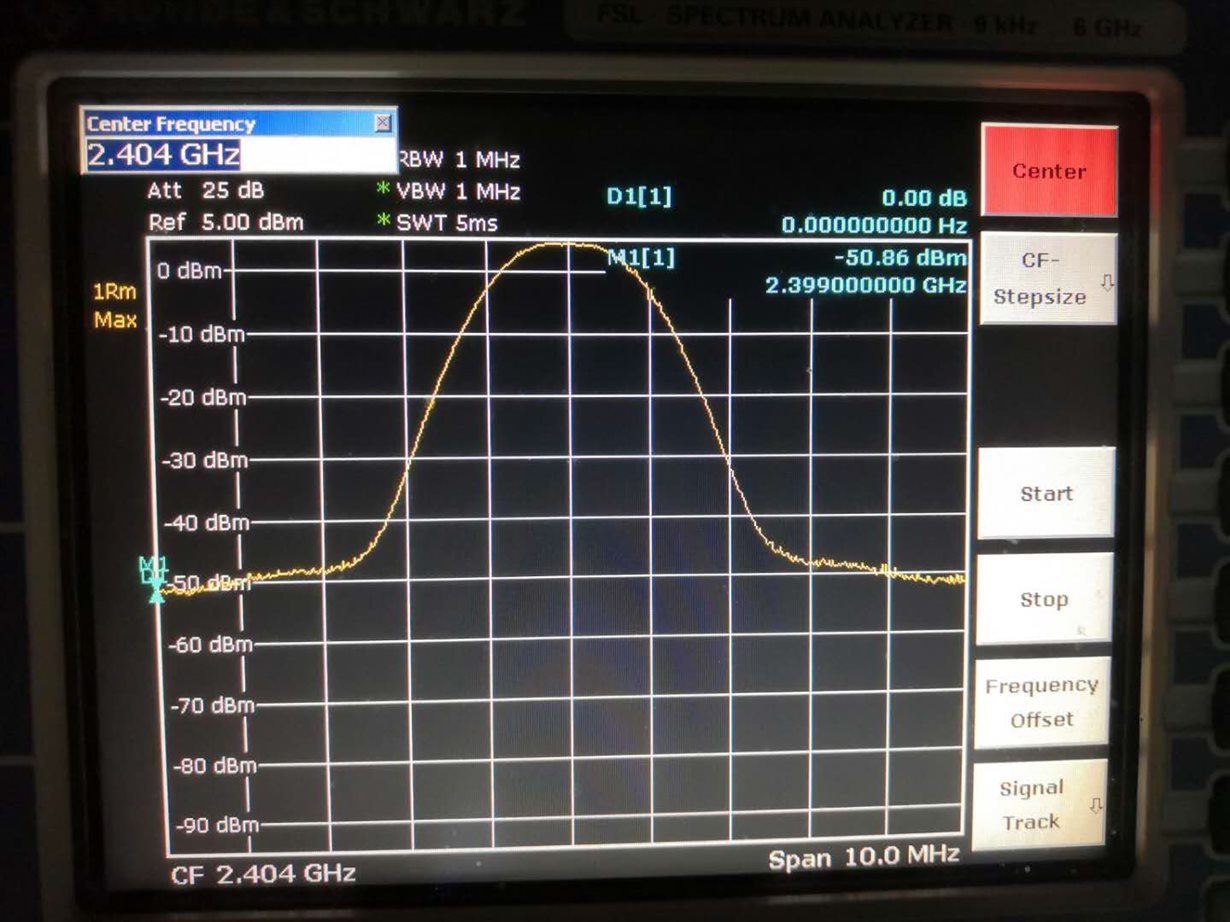Other Parts Discussed in Thread: CC1310, , CC1350, CC1352P, CC1352R, CC2650
Tool/software: Code Composer Studio
HI, we need to control PA ramping in CC1310.
i read the linker:
but i still can't understand "How exactly the registers 0x608C and 0x6088 work together to define PA ramp time".
does anyone can explain that or give me a doc?
Thanks
LN








